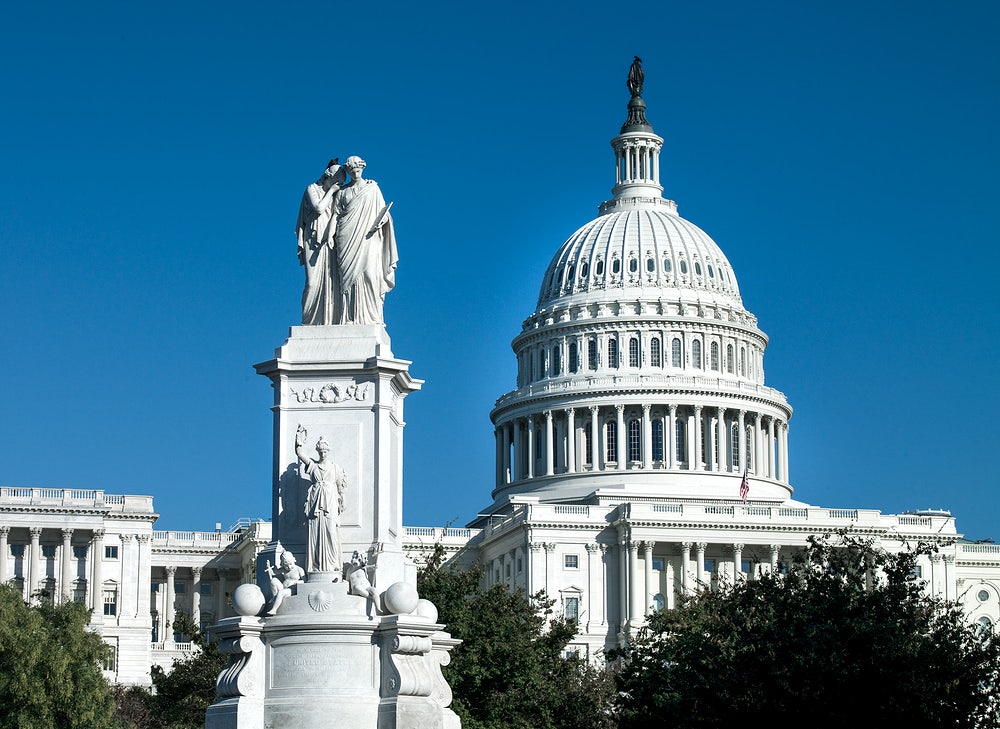
Monetary Policy & Inflation | US

Monetary Policy & Inflation | US
The Fed’s failure is neither that rates volatility has picked up nor that equity markets fell last week. Rather, it is that they cannot persuade the market that Fed policy will remain loose to generate inflation and improve income inequality. Indeed, just as inflation expectations picked up, bond yields have risen sharply, and the market is almost pricing the first Fed hike in 2022.
This was not meant to happen. The Fed introduced its average inflation target (i.e., allow inflation to overshoot) with much fanfare in August last year. Yet, the Fed’s own inflation forecasts as well as consensus are expecting no inflation overshoots (Chart 1). This means average inflation is likely to fall below the magical 2% level. It is ironic that the Fed has systematically failed to meet its inflation target ever since it got more explicit about doing so. And markets are calling the Fed’s bluff and pricing hikes to say that the Fed is not serious about creating inflation.
This article is only available to Macro Hive subscribers. Sign-up to receive world-class macro analysis with a daily curated newsletter, podcast, original content from award-winning researchers, cross market strategy, equity insights, trade ideas, crypto flow frameworks, academic paper summaries, explanation and analysis of market-moving events, community investor chat room, and more.
The Fed’s failure is neither that rates volatility has picked up nor that equity markets fell last week. Rather, it is that they cannot persuade the market that Fed policy will remain loose to generate inflation and improve income inequality. Indeed, just as inflation expectations picked up, bond yields have risen sharply, and the market is almost pricing the first Fed hike in 2022.
This was not meant to happen. The Fed introduced its average inflation target (i.e., allow inflation to overshoot) with much fanfare in August last year. Yet, the Fed’s own inflation forecasts as well as consensus are expecting no inflation overshoots (Chart 1). This means average inflation is likely to fall below the magical 2% level. It is ironic that the Fed has systematically failed to meet its inflation target ever since it got more explicit about doing so. And markets are calling the Fed’s bluff and pricing hikes to say that the Fed is not serious about creating inflation.
The other failure is that for all the talk of higher incomes and savings for US households since the onset of the COVID pandemic, there is a clear distributional dimension to the gains. The rich, male and college-educated have seen their finances improve, while other groupings have not (Chart 2). The employment picture is similar, with the biggest reversion to pre-COVID levels seen among whites rather than blacks or Hispanics (Chart 3).
The Fed, then, needs to decide whether it is serious about creating inflation and improving the distributional impacts of policy – otherwise the markets will do it for them.
Spring sale - Prime Membership only £3 for 3 months! Get trade ideas and macro insights now
Your subscription has been successfully canceled.
Discount Applied - Your subscription has now updated with Coupon and from next payment Discount will be applied.